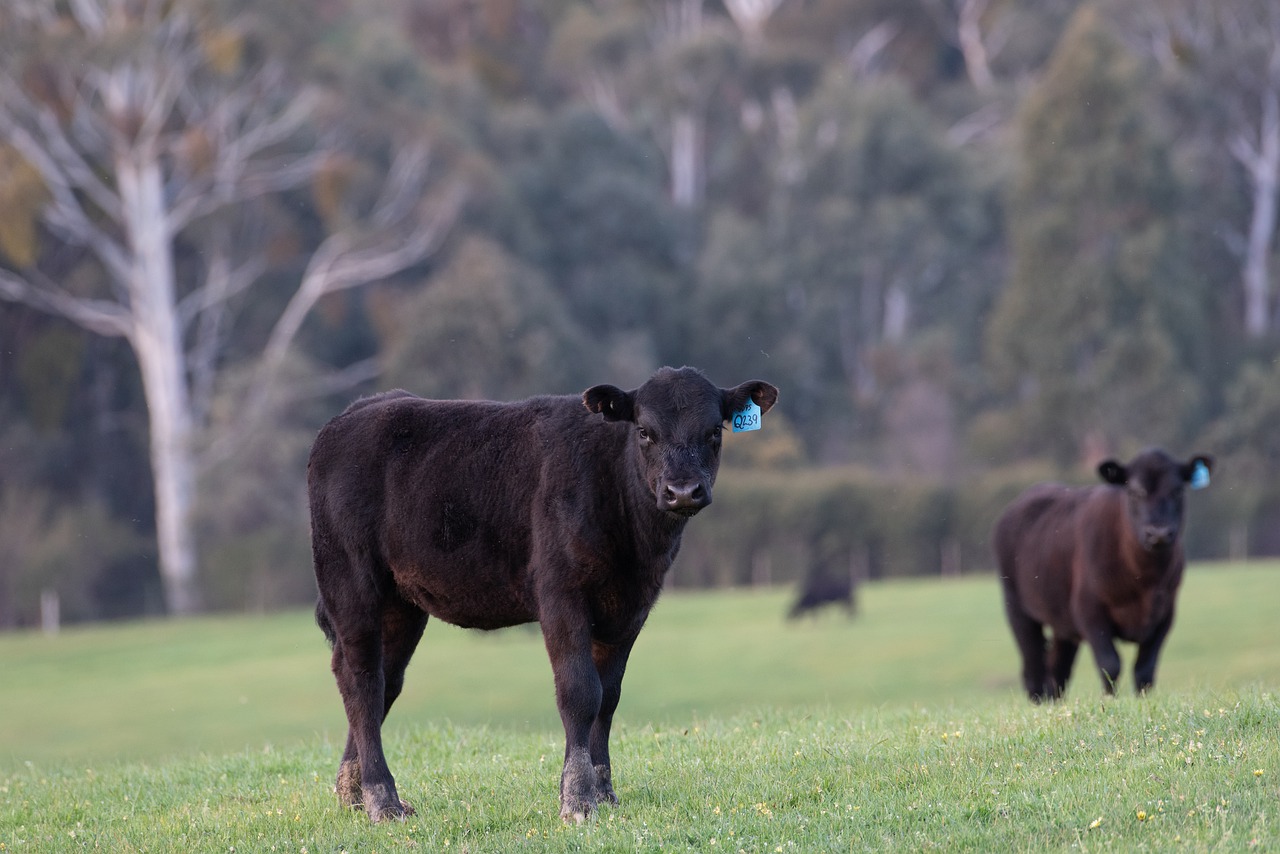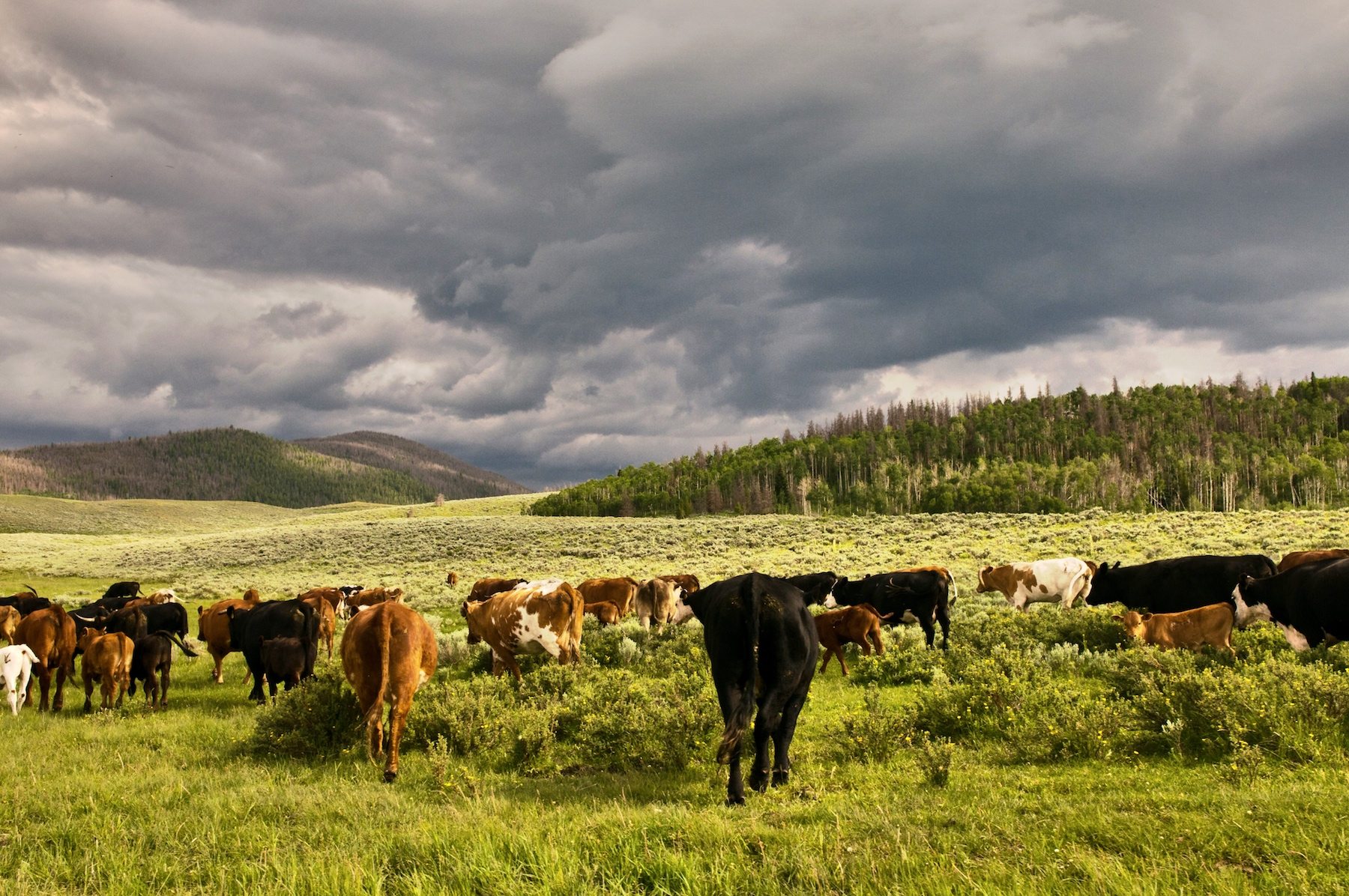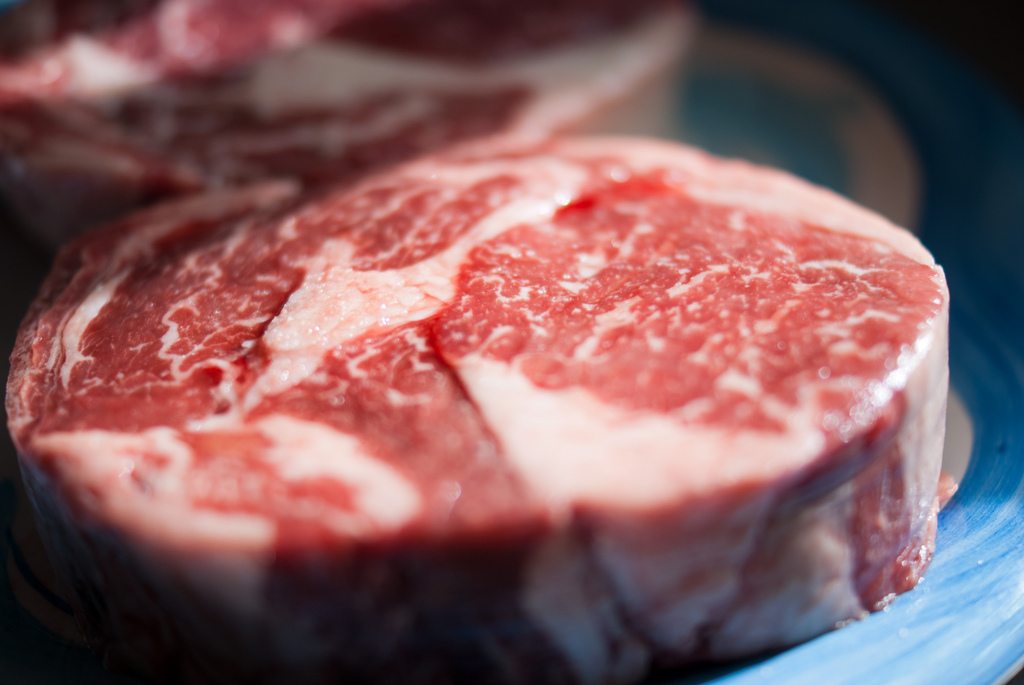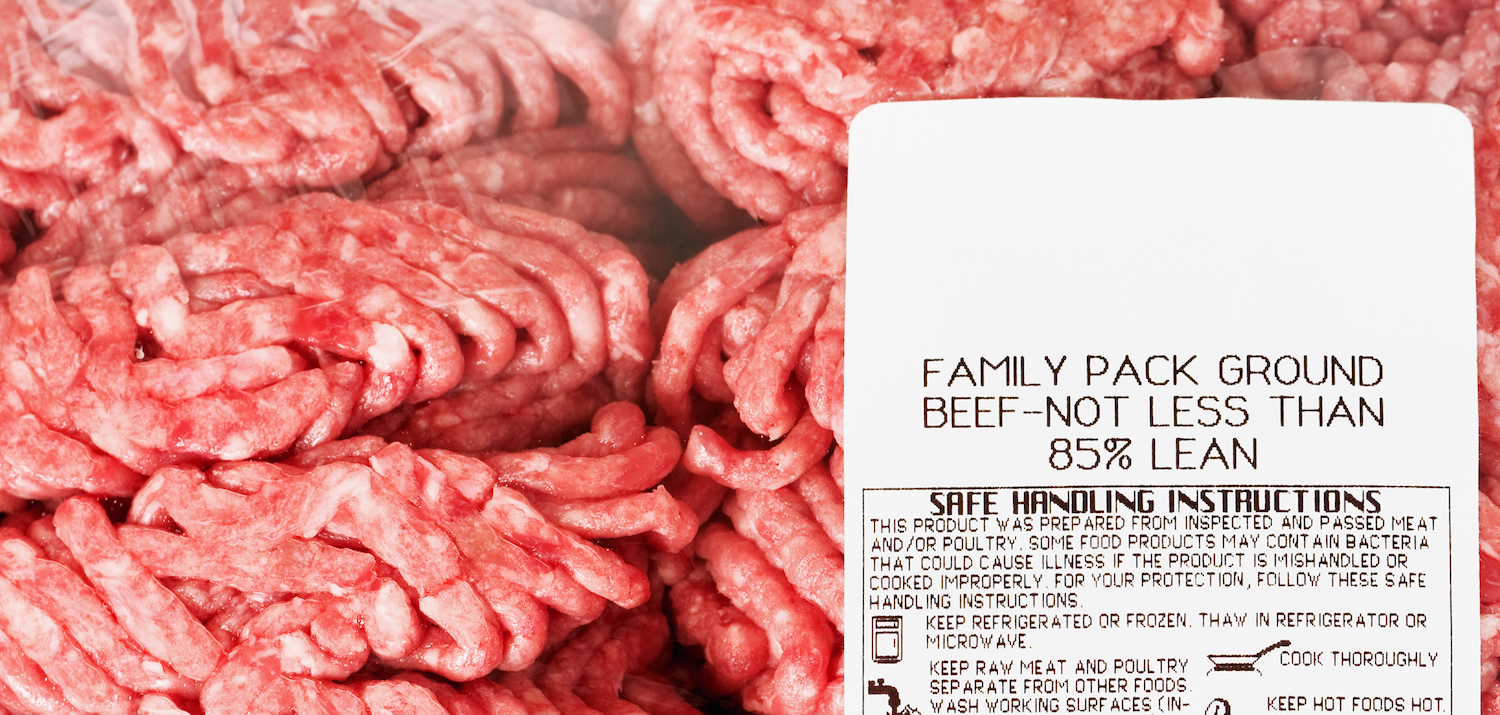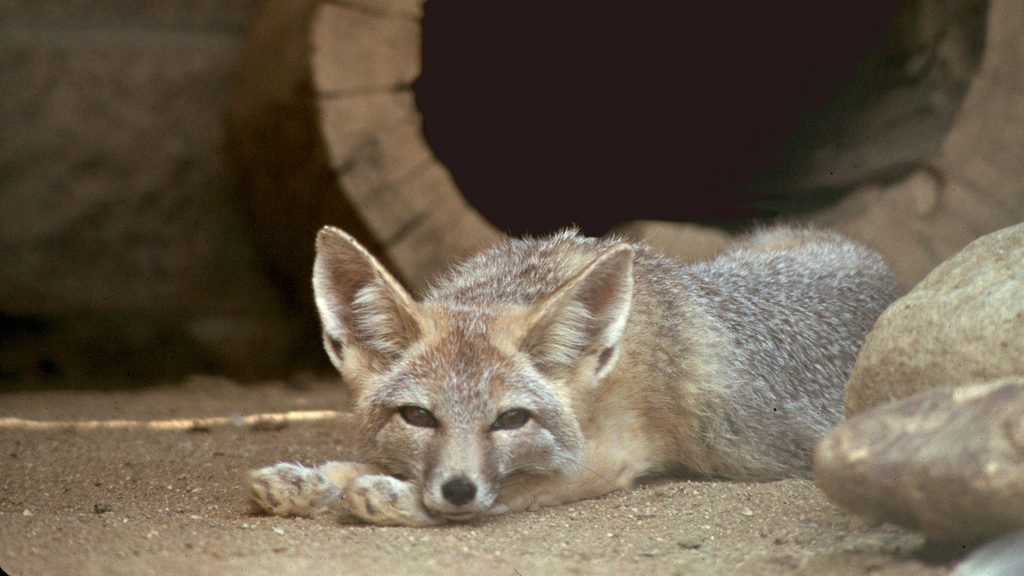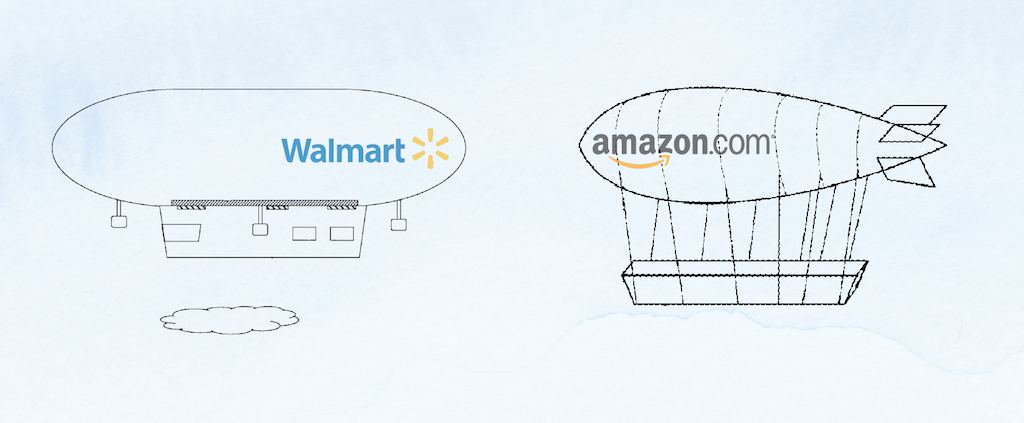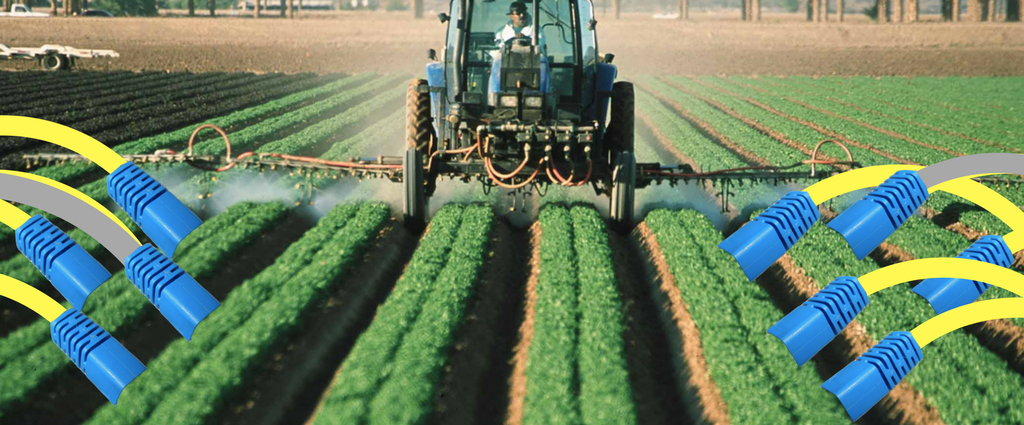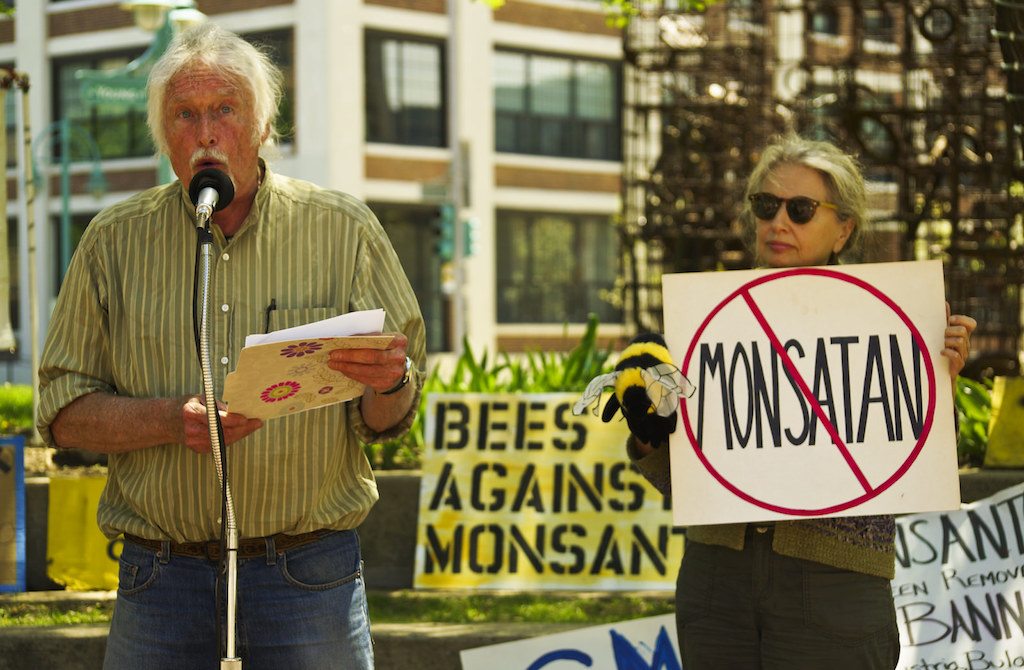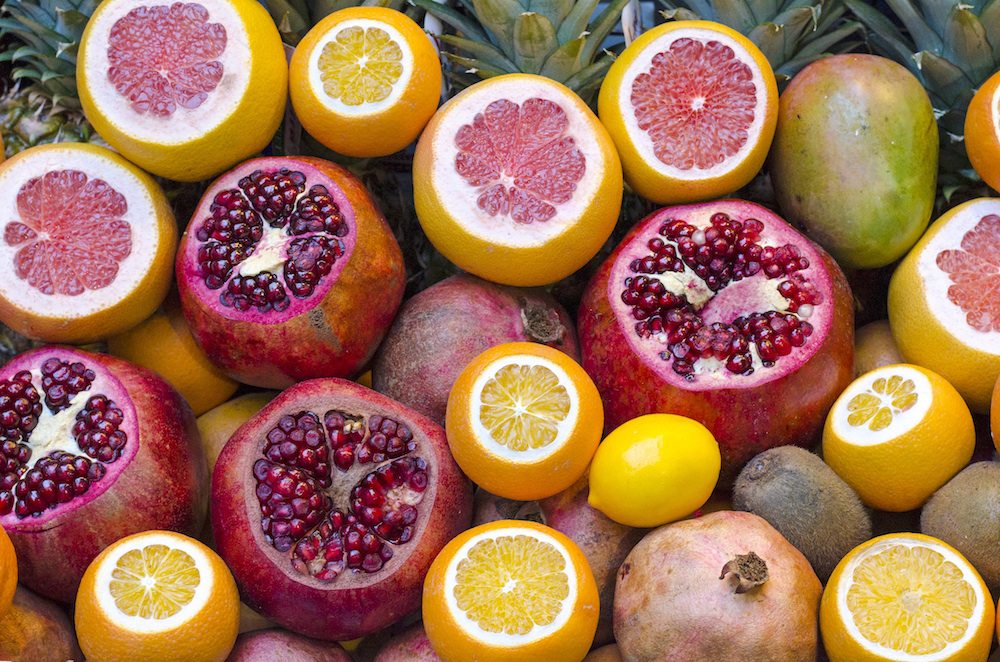It’s a step the company took to reduce its reliance on the heavily consolidated beef industry. But, for some ranchers, it may represent a new monopoly of its own.
Walmart, the largest retailer in the U.S., is getting into the beef business. This afternoon, the Arkansas-based company will make a notable move for a purveyor of groceries: opening a 200,000-square-foot meatpacking plant built specifically to process Black Angus beef. The facility, located in Thomasville, Georgia, is the company’s first such plant, according to the Thomasville Times-Enterprise.
In a press release, Walmart said it’s opening the facility to process Angus beef steaks and roasts, which it will sell in 500 stores throughout the Southeast. While the grocer says that controlling its supply chain will meet customers’ demands for transparency, there may be other factors in play as well. This summer, Walmart U.S. Chief Greg Foran told CNN Business that concerns over industry consolidation were one factor that led the company to look into regaining some control over its supply.
In general, when grocers like Walmart sell ground beef or other cuts at the meat counter, they’re selling someone else’s finished product and slapping their brand on it. Currently, Walmart mainly buys its beef from Cargill and Tyson—two of the world’s largest commodity meat companies. According to CNN, Foran has suggested that this dynamic has helped to edge prices upward. “We all know the market dynamics of what happens when you generally operate in a duopoly,” he told analysts in June. “It’s not all that good for the customer.”
That could help explain why big-box retailers are starting to take back small portions of heavily consolidated supply chains. By building a 400,000-square-foot poultry processing plant in Fremont, Nebraska, Costco is rapidly becoming its own supplier of rotisserie chickens—a move it eventually expects will lower costs by 10 to 35 cents a bird. And Walmart itself opened a milk processing plant in Fort Wayne, Indiana, in 2018.
Angus cattle, first bred in England for fatty, marbled meat, were brought to the United States in the 1870s. The breed is now the country’s most popular beef. Global sales grow every year and now surpass a billion pounds. Walmart is developing its Black Angus line with 44 Farms, which focuses on the breed. The Cameron, Texas seedstock company will source calves from ranchers who use its Angus Strong genetics—that is, bull semen—and send them to Mc6 Cattle Feeders, a Hereford, Texas company, for finishing.

Bob McLaren of Prime Pursuits, a Texas supplier of Walmart’s Black Angus beef
Walmart
After the cattle are fed—either in Texas or a feedyard in Nebraska, according to The Progressive Farmer—they will be slaughtered at Creekstone Farms, a Black Angus specialist in Kansas with its own line of branded beef. From there, they will be packaged and further processed at Walmart’s new Georgia facility, which is operated by a company called FPL Food. The product line will create over 450 new jobs at the Kansas and Georgia facilities, the retailer said in its press statement.
But how will the move affect U.S. ranchers? In general, a new packing facility coming online would be viewed as a good thing, says Jess Peterson, a Montana rancher and the executive vice president of the U.S. Cattleman’s Association. Industry consolidation can be hard on cattle ranchers, who often have few options to market their animals. The closure of a single plant can crash their prices.
“This is what the future is going to look like.”
But this instance is more complicated. Because the plant is owned by Walmart, which is working only with select suppliers—whittling a variety of Angus cattle into a specific breed and specific supply chain—most Angus ranchers, like Peterson, are likely to be shut out. It could also mean ranchers face stiffer competition elsewhere. If Walmart increasingly relies on its own supply and starts buying less commodity beef, that’s one fewer customer for others to sell to.
But even the ranchers who are lucky enough to work with Walmart will face risks, according to Peterson.
“Before, they were going into the regular bunch of cattle to be bid on, and now they’re going directly, streamlined into Walmart,” he says. “You create a little more supply-demand on one area, but you run the risk for a vertical integration model, on the other.” In other words, a vertically integrated retailer—one who controls the supply chain from ranch to shelf—wields a lot of power over the individual ranchers it contracts with.
The idea of vertical integration, Peterson says, “really makes our guys nervous, and rightfully so.”
Still, Walmart is currently taking ownership only of select aspects of the beef production process, making its Georgia facility a relatively small step. For now, the company is focused on the most lucrative aspect of the supply chain—the final step, where large cuts of meat are parceled further into more consumer-friendly sizes and given attractive marketing.
That last link in the chain, known as “case-ready processing,” isn’t a major function of meatpacking, says Derrell Peel, an Oklahoma State University agricultural economist. The so-called Big Four meatpackers—Tyson, Cargill, JBS, and Marfrig, who collectively slaughter more than 80 percent of American cattle—rely on their vast scale, and often send their carcasses on to other companies to create supermarket-ready cuts. As such, it’s unlikely that Walmart’s entrée into Black Angus is going to disrupt the beef industry.
“The Big Four are still going to be slaughtering all the cattle, and they’re going to capture all the cost efficiencies at that level,” he says. Walmart, in other words, is putting on the finishing touches—not unlike the way grocery stores repackage bulk goods under their own generic or private-label brands.
Still, Walmart’s first foray into meat processing, small as it is, remains a big deal. It’s another sign that major retailers are increasingly interested in working their way up the supply chain, reducing reliance on middlemen behemoths, taking ownership where profitable, and winning customer loyalty through exclusive house-branded goods.
“This is going to be very interesting to watch, to see how it plays out,” says Peterson, the rancher. “There’s no doubt that this retail model’s gonna keep going. This is what the future is going to look like.”
Walmart declined to respond to questions for this story.
Correction: An earlier version of this story reported that Angus cattle arrived in the United States in the 1970s. In fact, they arrived in the 1870s.
